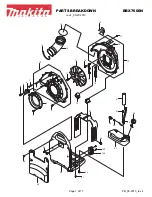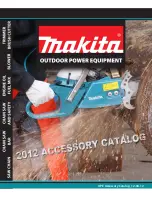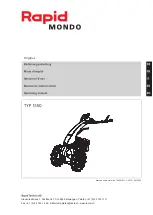
www.ecomposter.net
What Materials to Compost
DO NOT Compost
Green Materials
Brown Materials
Monitor Your Compost
Aeration
Moisture
Temperature
Place your hand in the center of the compost to test the temperature. If the center is warm or
hot the process is working well. At temperatures of 140-160°F most pathogens and weed seeds
are destroyed.
Both moisture and nitrogen will affect the temperature. If your mixture is dry, add some water
to raise the temperature. If the materials are moist, add an activator, blood meal or farm manure.
Rotate your
Eco
mposter any direction daily to ensure proper aeration. The microorganisms
need oxygen to breakdown the compost materials.
The microorganisms work best with approximately 50 percent moisture. Too much moisture
means organic waste won't decompose. Too little moisture will kill the bacteria. Compost should
feel moist, but not soaking wet, like a wrung out sponge. If the compost is wet, or smells like
ammonia, add some dry material. If the mixture is dry, lightly spray it with water from a garden hose.
Add a combination of materials. The ratio of fresh green to dead brown materials will affect the
amount of time it takes to make compost. Although adding more green material may speed up
the time, you will need at least 25 percent brown material. We recommend beginning by adding
50 percent brown to 50 percent green. If you are adding large amounts of material at once, add
part of it, close the lid and turn the sphere. Open it again to add more.
It is important to maintain a balance of green and dry materials, monitor the temperature, smell,
moisture level of your materials and to turn the sphere a quarter turn daily.
Uncooked fruit and vegetable waste
Coffee grounds and tea bags
Egg shells
(rinsed and crushed)
Peanut shells
Garden Waste
Plant trimmings
Fresh grass clippings
(cut within 24 hours)
Hair trimmings
Fresh farm manure
Dead leaves
Dead garden waste
Sawdust and wood shavings
Black and white newspaper
Tissue paper
Shredded paper and cartons
Wood ashes
Pet waste
Cooked food
Bones
Meat, Fish or Dairy
Sauces, Oil or Fat
Diseased plants
Chemicals or pesticides
Branches, twigs, redwood,
Pine needles or treated wood
(Carbon)
(Nitrogen)
17 of 18
Filling Your
Eco
mposter
It is important to balance the mixture of brown and green materials. Use equal parts by volume
of dry and green plant materials in the overall mix. Mix grass clippings with other materials before
adding. Grass mats easily and prevents water from moving through the mass. When adding easily
compacted materials (such as ashes, fresh cut grass or sawdust) mix in coarser materials first.
Breaking up or shredding materials you plan to add to your compost will decompose more
quickly. Adding more volume at once will also speed up the process. If you are adding material
gradually, be sure to stop adding materials to the
Eco
mposter to give the material time to finish
decomposing.



































